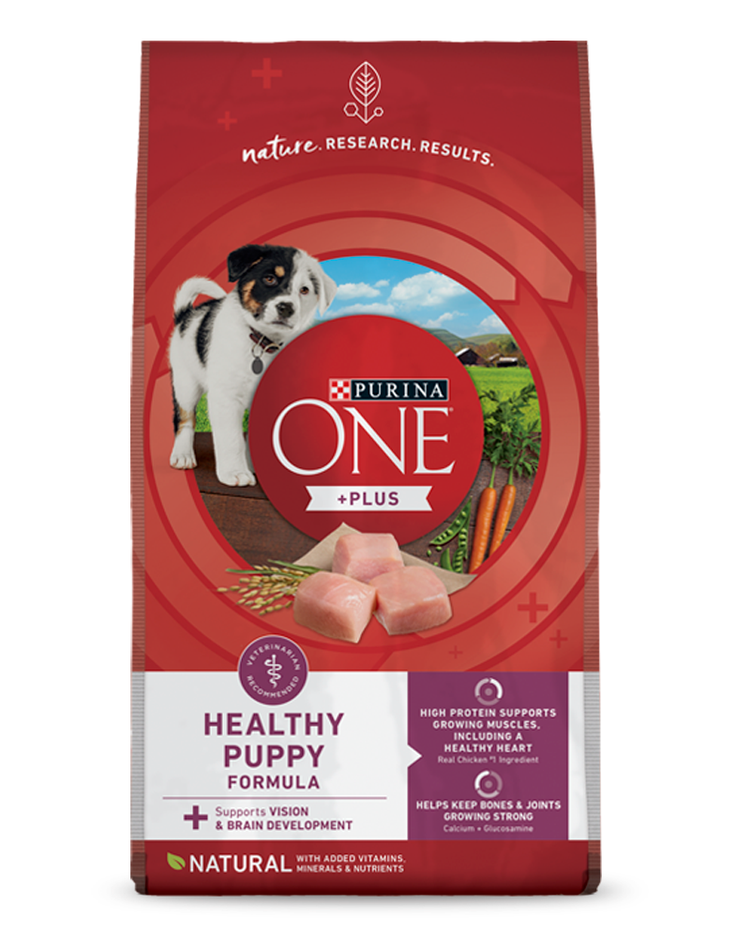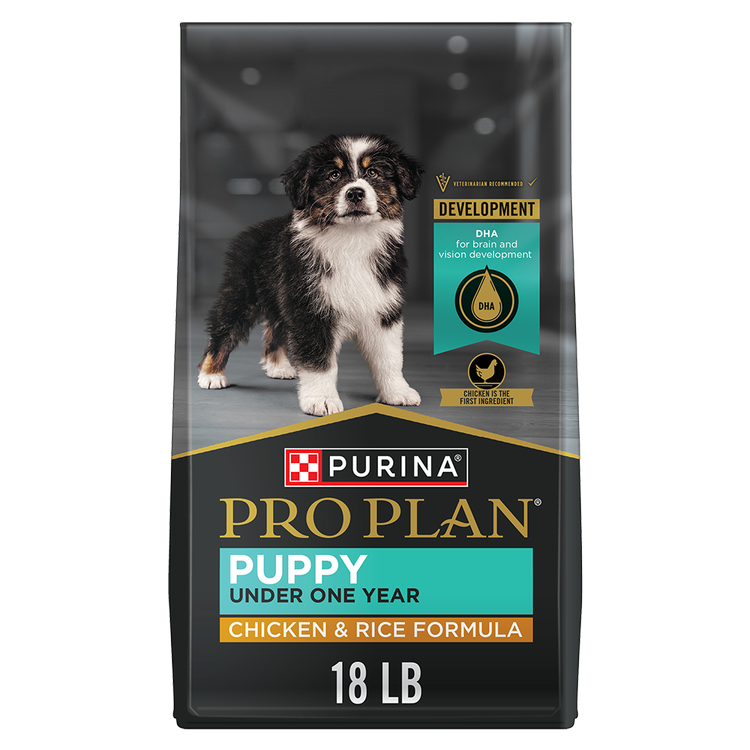Normal Puppy Temperature: How Do I Know if My Puppy Has a Fever?


While it’s normal for humans to have a temperature that averages 98.6 degrees, your puppy’s temperature will run a bit higher – somewhere between 99.5 and 102.5 degrees depending on their age.
At birth, it’s normal for a puppy to have a body temperature ranging from 94 to 97 degrees. This temperature will gradually increase to around 100 degrees by 4 weeks.
Your puppy might often feel warm to the touch because of this, which doesn’t necessarily mean you should be concerned.
So, if your puppy feels hot, how can you tell whether or not something is wrong? What’s the difference between normal dog temperature and something approaching a puppy fever?
Since puppies are unable to communicate when they’re not feeling well, it’s your job to look for signs of illness and call your veterinarian when needed.
Signs Your Puppy May Be Sick
Call your veterinarian if you observe any of the following symptoms:
- Lethargy/lack of energy
- Depression
- Red eyes
- Warm, red ears
- Warm, dry nose
- Shivering
- Loss of appetite
- Coughing
- Vomiting
- Nasal discharge
Taking Your Puppy’s Temperature
If your feel comfortable doing so, you can take your puppy’s temperature using a special ear or rectal thermometer made especially for puppies. There’s also a new thermometer approved for use in the armpit.
Contact your veterinarian immediately if your puppy’s resting temperature is above 103 degrees (which is considered a fever) or below 99 degrees. There are several possible causes for your puppy’s fever, including:
- Infection (bacterial, viral, fungal): There are a variety of infections your puppy may have contracted. Consult your veterinarian if you think an infection might be to blame.
- Recent vaccination: It’s normal for a puppy to develop a low-grade fever within the 24 to 48 hours following vaccination.
- Toxins: Your puppy may have ingested something they are not supposed to eat, such as human medication, household cleaning products or other toxins.
How to Take a Puppy’s Temperature
A rectal thermometer is the most accurate way to read a puppy’s temperature. If you’re not experienced at taking your puppy’s temperature rectally, reach out to your veterinarian for guidance. A digital or bulb thermometer will do; however, a digital thermometer will usually provide you with a faster reading.
First lubricate the thermometer with a petroleum gel, baby oil or KY Jelly. Raise your dog’s tail and hold them to prevent them from sitting down, and then insert about one inch of the thermometer into your puppy’s anus using a gentle twisting motion. If you’re using a traditional bulb thermometer, your puppy’s temperature should be readable in approximately one minute.
If you’re taking the temperature of a newborn puppy, use a pediatric thermometer. In this case, you’ll want to insert the thermometer only far enough so the tip or cover of the pediatric thermometer is covered. After about three minutes, remove the thermometer for temperature reading. Afterward, thoroughly clean the thermometer with alcohol.
Get more puppy and dog advice, tips and tricks from our experts on our Pet Expertise page.

Be Rewarded for Your Purina Purchases
Earn and redeem points for Purina products with myPurina app.






